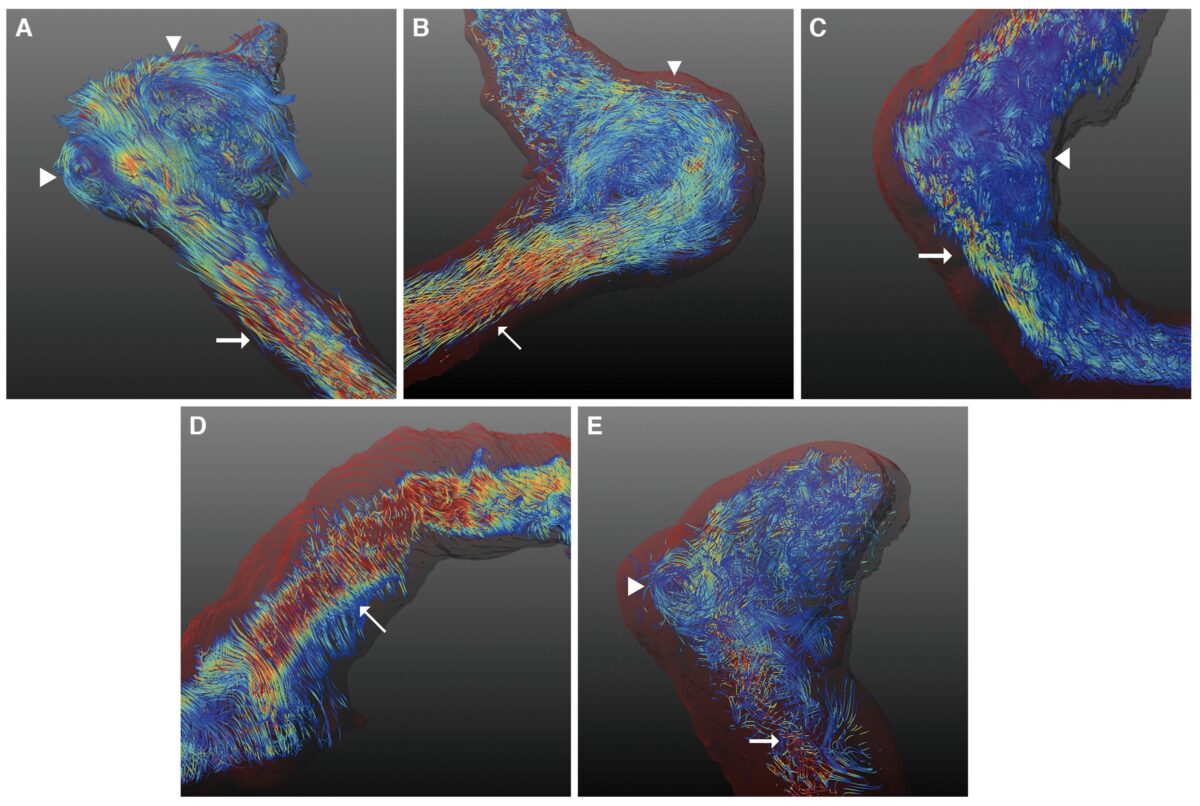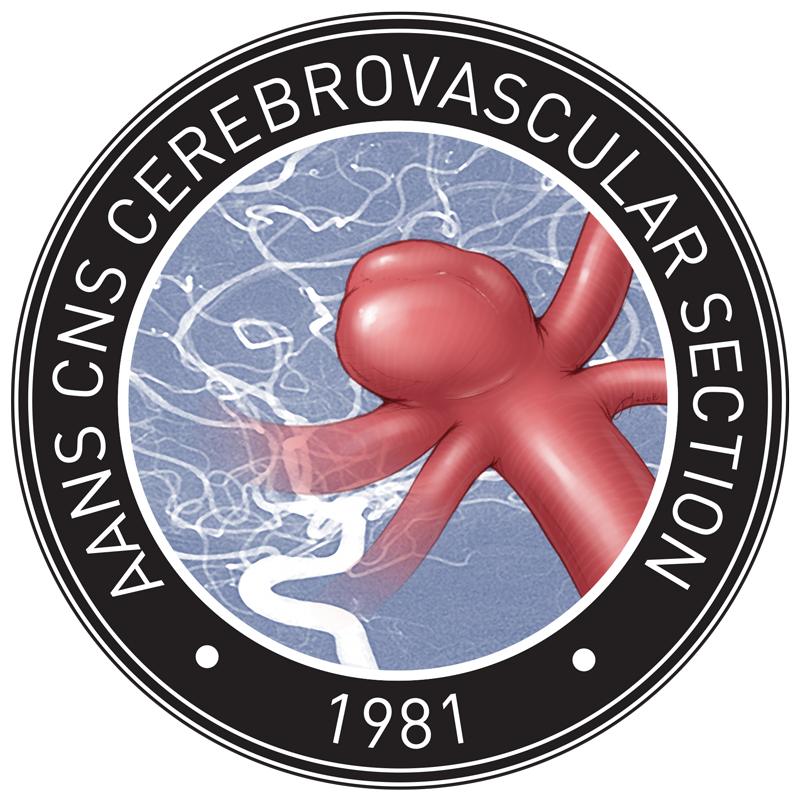4D MRI Study and Venous Sinus Stenosis – A New Way to Evaluate Cerebral Venous Pressure Gradients

In recent years, transverse sinus stenosis has been associated with idiopathic intracranial hypertension and venous pulsatile tinnitus. Transverse sinus stenosis is found in >90% of patients with IIH. In addition, a growing body of evidence has found that venous sinus stenting has been shown to reduce the cerebral venous pressure gradient in patients with IIH and pulsatile tinnitus.
Although the gold standard remains venography with venous manometry for the diagnosis of a venous pressure gradient, 4D flow MRI can provide volumetric quantification of blood flow velocity through imaging volume and visualization of flow patterns. The authors conducted a study with 33 IIH patients and 33 asymptomatic volunteers. The trans-stenotic blood flow velocity difference significantly correlates with the CVPG in TSS. As a noninvasive imaging modality, 4D flow MRI may be a suitable screening or complimentary tool to decide which TSS may benefit from invasive venous manometry.
See full article here

